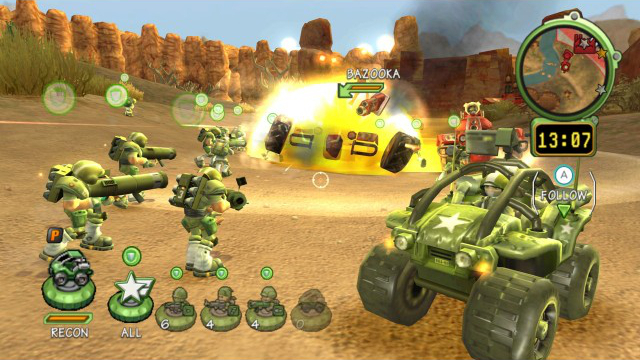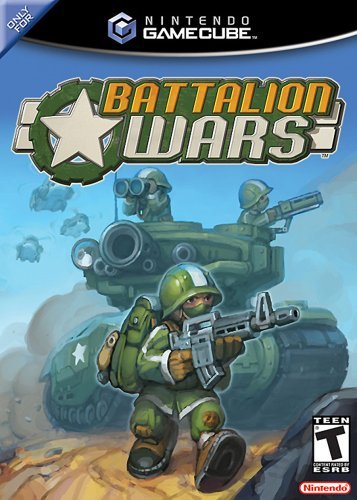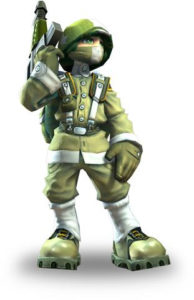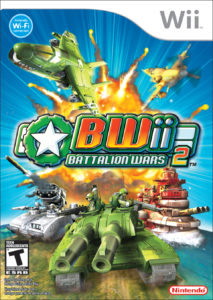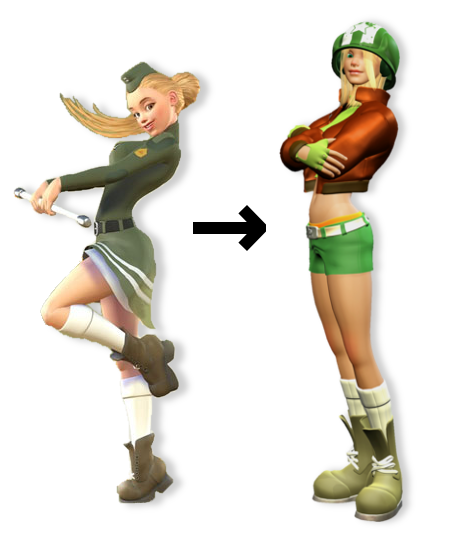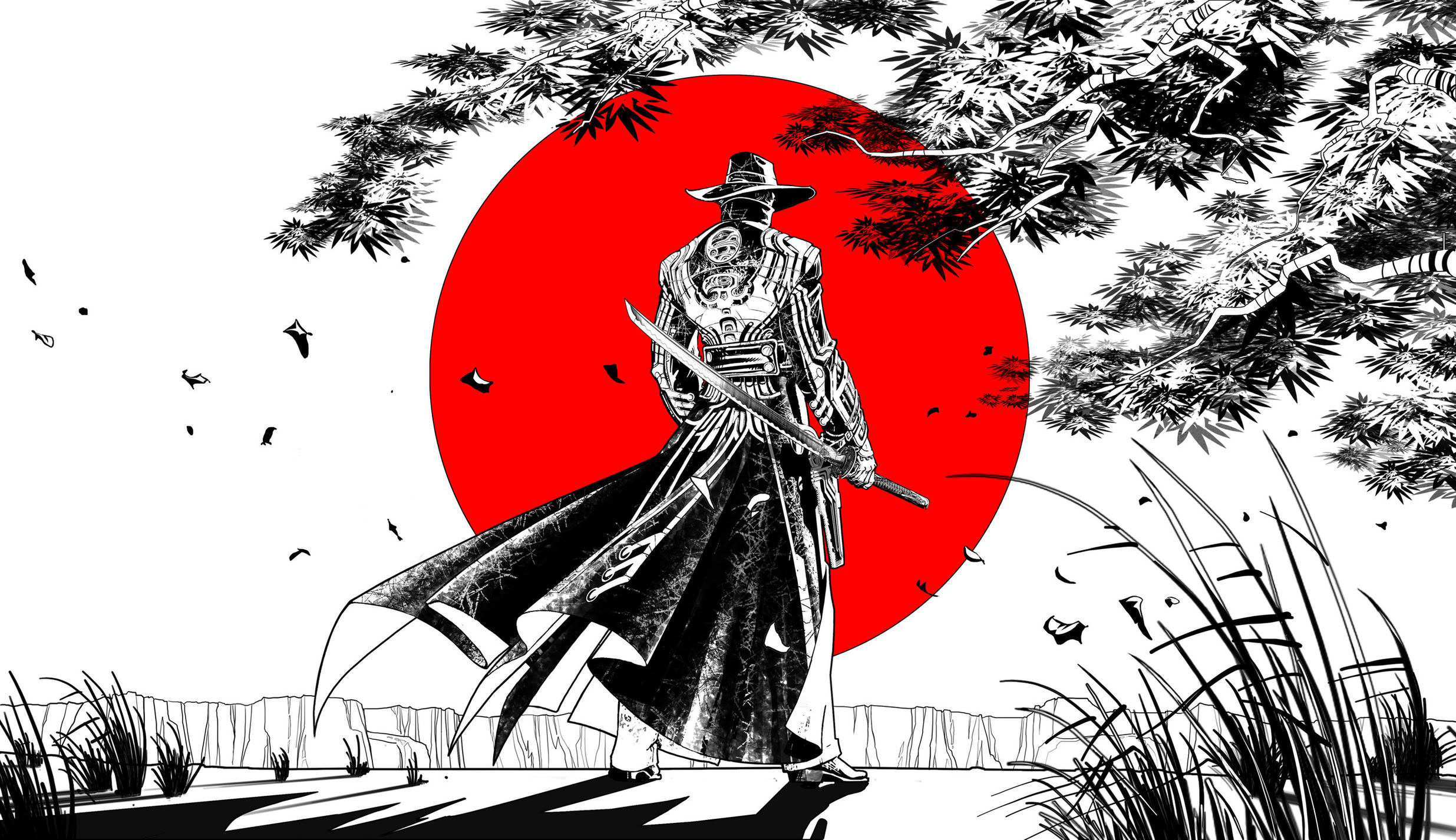
Howdy, crew! Welcome back to That Was a Thing, where I take a look at strange and obscure pantendo games and paraphernalia!
The Wii: when it’s key feature, motion control, was first revealed, the first two uses that went through everyone’s mind were sword and gun. Not missing a beat for once, game developers were quick to cater to the public’s sociopathic expectations. Many of the Wii’s early titles utilized the Wiimote’s pointer to aim projectile weapons and its motion detection to swing melee weapons, and the results were undeniably mixed. One such game was Ubisoft’s Red Steel.
The game was fairly standard fair: girlfriend kidnapped by yakuza, go to Japan and shoot them, yada, yada, yada. What separated it from other first-person shooters was its motion-controlled swordplay. At various points in the game, the hero would have to fight in one-on-one katana duels. Long story short, it just didn’t work. Unfortunately, the Wiimote’s I.R. sensor and accelerometer simply weren’t enough to emulate the one-to-one precision players expected.
Which is why Nintendo invented the Wii MotionPlus! And this is where Red Steel 2 comes in. When Ubisoft saw the gyroscope add-on, they knew they had everything they needed to set things right. I seem to recall a lot of hype surrounding this game before it came out; retailers even offered preorder bonuses. I first heard about the game from the now defunct Nintendo Power magazine, and was immediately intrigued. This game was dripping with style and—just as important—it didn’t have anything to do with the first game, so I could jump in without missing anything. However, I wouldn’t get around to playing it until I got an extended trial of the late Blockbuster Video’s online rental service, and decided it was time I a gave it a shot.
Nu-Western Post-Cyberpunk Japanimé
Let’s start at the beginning. The game opens with our hero waking up on the outskirts of town. As he slowly comes to, he notices his hands are tied. Tracing the rope, he quickly realizes he’s not just tied up, he’s tied to the back of one of his assailant’s motorcycles. Just woke up, and this day’s already turning out to be a drag.
And this is how we’re introduced to the game: a gloriously over-the-top, first-person cutscene in which the hero is dragged into town, crashes the bike, and dusts himself off like he does this every day. While it admittedly takes a few minutes to get to gameplay, this intro nails the tone of the game and what players can expect right off the bat! You’re the toughest, badest son of a gun on the planet and you can bet your stetson every pinhead fool-enough to take a shot at you is going to make you prove it!
The intro nails the tone of the game and what players can expect right off the bat!
In fact, I’d say this game runs on distilled, unadulterated cool, and not in a “trying too hard” kind of way either. Even when parts of it seem hokey—or downright silly—the game presents its set-pieces with such confidence and commitment that the player really has no choice but to just go with it. While other games try to convince you they’re awesome, Red Steel 2 just leans in close, stares you right in the eye, and in a low, gravelly voice tells you it’s awesome.
On that note, let’s take a moment to talk about this game’s aesthetics. This game is a chocolate-and-peanutbutter-esque mashup of the wild west and samurai flicks, with the occasional dusting of cyberpunk. The game takes place some unspecified amount of time in the future in a dystopian Nevada. The environments you explore are a strange blend of old-west, feudal Japan, and run-down, futuristic towns. It’s not at all uncommon to see Cracker Barrel-esque country stores with tanukis on their signs right next to radio towers and hovering attack drones. Moreover, the plethora of destructible crates, trash bags, boxes, and barrels gives the environments a cluttered, grungy feel that reinforces the gritty tone of the game.
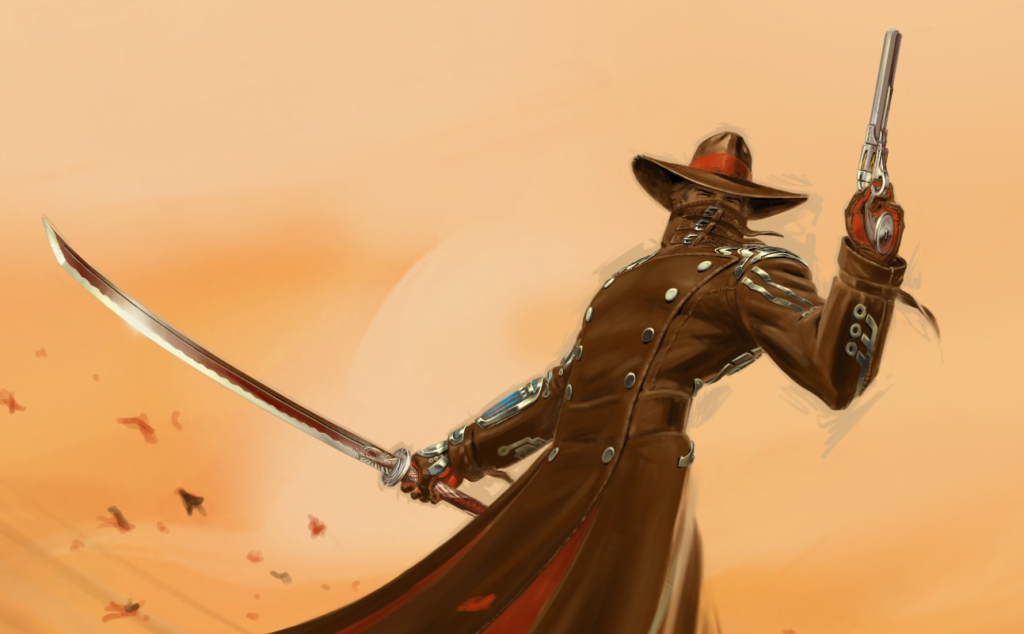
The game makes use of a heavily stylized visual design. While the Japanese influences on the plot and setting may lead some to call it anime-inspired at first glance, it really has more in common with comic books: bold lines, fairly realistic body proportions, and a deliberate visual roughness that complements the game’s visceral combat and tale of ambition and revenge. As to be expected with a western, the color palette includes a lot of earthy tones: browns, oranges, and sandy yellows. Fortunately, Red Steel 2 manages to avoid the pitfall of making all of its environments dingy brown, with several areas including—if not primarily consisting of—cool blues, grays, and greens. Clearly, the art team put a lot thought into making each area visually distinct from one another, as every stage either has a unique theme or makes use of color to distinguish itself. That said, all the themes are variations of cowboy, samurai, or industrial, so while each level is aesthetically distinct from one another, the constraints of the game’s themes do start to wear thin toward its conclusion.
Clearly, the art team put a lot thought into making each area visually distinct from one another.
While we’re on the topic of environments, one of my biggest complaints with the game’s visuals is that some of them don’t age very well. Between the murky textures and low-res models, a lot of the environments in this game don’t look very good close up. Fortunately, you’ll probably be too busy hacking-up dudes (who themselves look fine) or searching for loot to pay too much attention to such things.
Cutscenes are another weak point. To be fair, most cutscenes in this game are okay, but the ones that trigger when talking to one of the hero’s allies are just painful. These usually consist of a stationary camera shot with one lone character pacing back and forth while talking. And it is so boring. In the end, while I love the visual design, I suspect the artists weren’t given enough time or resources to fully realize it.
So what exactly is the story? You play as the last surviving member of the Kusagari clan, an outcast banished by the elders for…well, the game never actually says. There was a short “animated comic” online that serves as a prequel to the events of the game. You can still find it, but I wouldn’t bother, it’ll just leave you even more confused. The only revelation I got from it is that the hero is wearing a blue shirt under his signature duster.
Confusing backstories aside, the story really isn’t that complicated. First, you get your sword back from a gang leader, then you find out the real villain wants to make more swords like yours because it has special qualities. Along the way, you compile a cadre of companions. Truth be told, they’re exactly who you’d expect to find in this sort of game: the sword smith/kenjutsu sensei; the old, stubborn sheriff; the hacker girl; and the guy who’s going to double-cross you. The plot’s pretty cookie-cutter when you look at it separate from the game’s unique setting, but I’d argue that’s not really the point; this is an action game. So how is the action?
Hack and Shoot
Red Steel 2 is a first-person action game. I say “action game” instead of shooter because, well, this isn’t really a first-person shooter. Sure, you play from a first-person perspective and you shoot things, but once you get a sword, the guns take a backseat. No, at its core Red Steel 2 is a brawler with some F.P.S. trappings.
At it’s core Red Steel 2 is a brawler with some F.P.S. trappings.
During combat, players can freely switch between swinging a sword and shooting thugs with one of four guns. As to be expected, swinging the sword is accomplished by swinging the Wiimote and guns are fire using the B-trigger. Sword slashes are individual attacks in a specific direction instead of 100% one-to-one movements, making each swing a discrete action, much like a button press. While it may sound like a cop-out, this system actually works really well: this system discourages flailing and instead encourages you to make deliberate, decisive strikes, which ultimately gives each hit you land more impact.

This game also showers you special abilities. Each one has its purpose, and figuring out how to combine them seamlessly is immensely satisfying. It also helps that most of them are very easy to perform. All special abilities are simply one swing direction and button combination, and because of the aforementioned motion registering method, the game has very little difficulty figuring out what it is you want to do.
Gun fighting isn’t nearly as intricate. Simply point and pull the trigger. That’s not to say it isn’t fun; getting to smoothly switch between the two fighting styles is a blast. It gets even better once you start unlocking special attacks for your firearms and—of course—more guns. You start with just a revolver, but eventually get a sawed-off shotgun, a Tommy-gun, and finally a rifle. Of all the guns, the only one I don’t really like is the rifle: by the time you get it, it just doesn’t feel necessary. That’s not to say I never found a use for it, just that it doesn’t really stand-out.

Fighting is the most fun when you manage to get into a rhythm. Most fights aren’t terribly difficult, so the fun comes from trying to establish a sense of flow. Fights just look awesome in this game, with animations carrying a great sense of impact and frequent visual effects, like slow-motion, punctuating dodges, parries, and finishing blows. This means that once you get that flow, the fights almost look choreographed, especially if you make a conscious effort to make use of your diverse moveset. All of this is enhanced by the game’s first-person view. Because you experience gameplay entirely through the hero’s heterochromatic eyes, you never get to see what exactly it is the hero’s doing, letting your imagination run wild filling in the blanks.
But visceral acts of violence are only what you’ll be doing about half of the time. A good deal of the game is quietly exploring the levels looking for fights, money, or optional objectives. And I have to say, these quiet moments are what give this game its phenomenal pacing. Much like in Metroid Prime, F.E.A.R., or Half-Life, these exploration segments help to break up the action and give the player some breathing room, not to mention a chance to wind down between battles. These brief interludes never feel out of place, however. Walking the abandoned streets creates a rising sense of tension which makes you anticipate the next fight all the more, especially since your opponents tend to come out of nowhere.
Walking the abandoned streets creates a rising sense of tension which makes you anticipate the next fight all the more.
An odd quirk of these exploration segments is the occasional motion-based prompt. Every now and then, you’ll come across a combination safe or a dial that you’ll have to turn with the Wii remote. It’s never very challenging as you either need to tilt the remote at the appropriate angle and hold it there, in the case of dials, or press the A button to activate the tumblers, in the case of the safe. While it seemed perfectly natural when the Wii and the MotionPlus were still fairly recent, nowadays I can’t help but think it dates the game. Not necessarily in a bad way, mind you, but it certainly screams “Wii.”
Then there’s the upgrades, and—oh golly—are there a lot of them! You can upgrade your sword, your special abilities, your guns, the ammo for your guns, your coat, and even your hat! This is where money comes into play. You’ll come across a lot of cash, be it from completing missions, using special attacks to finish foes, finding secret collectibles, or just plain lying around. I can only assume part of what makes dystopian Nevada dystopian is inflation, ’cause you’ll find money flipping everywhere. And even then you’ll still have to go out of your way to get all of the upgrades available to you. Honestly, while I appreciate the effort, I can’t help but think the dev-team went a little overboard. While not being able to get everything in one run does encourage thinking about how you upgrade the Last Kusagari, it can be frustrating to obsessive types like myself, as this game doesn’t feature a “new game plus” option. Then again, maybe it’s for the best. Since enemies aren’t that strong to begin with, upgrading your weapons means they go down even quicker, thus revealing the tragic irony of this game: one-shotting an opponent is the ultimate buzzkill.
Riding into the Sunset
Red Steel 2 is a rip-roaring good time. From it’s sense of style to its fluid gameplay, the game knows what it wants to be. I think it succeeds partially because it’s so focused on nailing the core concept. That said, it is a bit of a one-trick pony. If you don’t like old-school, run-and-gun shooters or hack-and-slash games, then there is absolutely nothing here for you. It’s a great trick, and it doesn’t outstay its welcome, but the whole game is the same basic exploration and combat loop all throughout. It’s also not without some flaws. Aside from the ones I’ve already mentioned, the ending is pretty weak, the “challenge mode” is just a mission select with a tacked on scoring system, and there’s no post-game content or completion bonuses to add replay value. But I guess that—aside from the ending—all of those complaints just reinforce the notion that this game is about doing one thing and doing it well. This is—in my opinion—one of the best action games on the Wii and an excellent exhibition of what the system’s motion controls could do to enhance gameplay.
Here’s hoping there’ll be a Red Steel 3 on the Switch!


